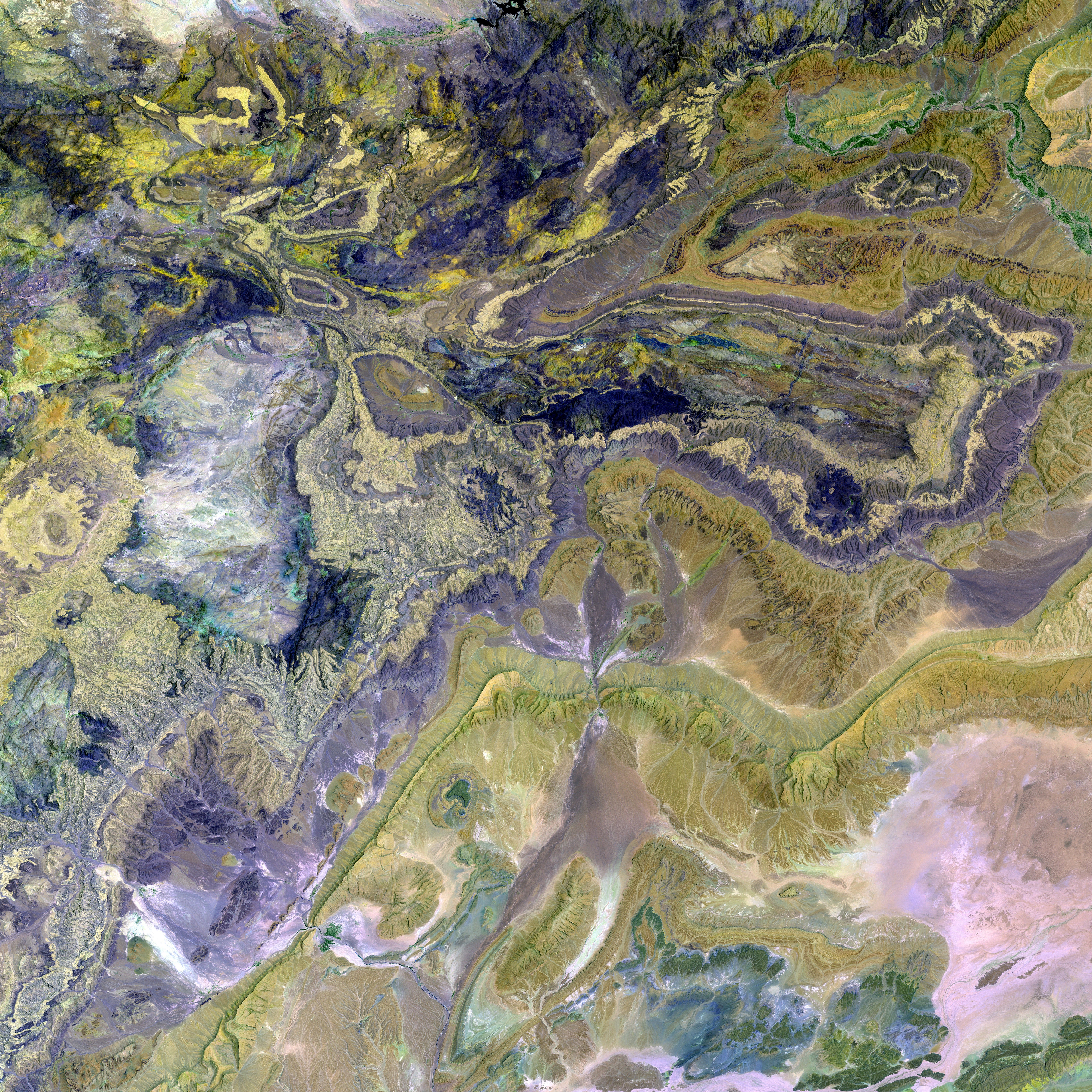Transforming Basic Tiles into High-End Designer Style in a Kitchen or Bathroom with the Clever Plaid Technique
Gingham, the iconic print that evokes memories of carefree summertime picnics, has found a modern home in bathroom tiles this year. This unusual yet beloved bathroom tile trend effortlessly fuses the classic design with a touch of modernity, making it suitable for both rustic farmhouse-style bathrooms and sleek, contemporary spaces.
With a mix of countryside charm and graphic color blocking, this design's adaptability is what sets it apart. Interiors and fashion expert, Damla Turgot, from Otto Tiles and Design, explains that this combination of aesthetics allows gingham tiles to seamlessly blend into various settings.
"Plaid and gingham have a rich design heritage, with deep roots in both fashion and interiors," says Turgot. "They're patterns that strike a balance between nostalgia and modernity, and that's why we're seeing these patterns are having a moment right now."
The trend is part of a broader movement towards interiors that offer comfort and familiarity while remaining fresh and modern. With the rise of '90s kitchen trends, there is a growing desire for design elements that celebrate comfort and childhood memories with an elegant update.
"People are craving design that feels comforting and familiar, but still fresh," Turgot explains. "These classic grid-based patterns answer that need. They're versatile, playful, and lend themselves to both bold statements and subtle layering."
Grazzie Wilson, at Ca'pietra, echoes Turgot's sentiment. "The gingham tiling look takes its cue from the comforting familiarity of traditional textiles - think picnic blankets, farmhouse kitchens, and vintage tablecloths - but gives it a modern twist through geometry and surface design. It taps into the broader movement toward nostalgic interiors with a handcrafted, homely feel. There's something instantly joyful and grounding about gingham; it's pattern at its most honest and approachable, and when translated into tile, it brings that same charm to walls and floors in a more permanent, practical way."
One aspect of gingham that is particularly well expressed through tiling is its approachable 'handcrafted' nature, with slight imperfections adding to the overall charm of the space. Additionally, Turgot highlights that the interest in handcrafted, textural materials has helped drive plaid and gingham forward in tile design, offering a way to bring structure and rhythm to a space while still celebrating imperfections and artisanal quality.
When styling plaid and gingham tiles, color selection is crucial. Depending on the combination chosen, these tiles can be adapted to suit a wide range of interior design aesthetics. With tips on how to make them look their best, experts suggest pairing gingham tiles with scalloped details, painted cabinetry, and vintage finds for a playful look, or keeping it elegant with shaker joinery and tonal schemes for a more cohesive appearance.
A neutral setting allows the focus to remain on the tiles, making them the standout feature of the space. However, bold and colorful designs can also be leveraged to bring a pop of color and texture to an all-white bathroom.
Finishing touches, such as using terrain, linen, rattan, and limewashed finishes, can soften the structured grid of a plaid or gingham pattern, creating a grounded and relaxed feel. If preference leans towards more subtle earthy tones and tonal neutrals, these options provide a modern take on the pattern while toning down the vibrancy.
"If you want to incorporate a plaid /gingham design within your interior but aren't a fan of darin,g vibrant hues, subtle, earthy tones and tonal neutrals work beautifully for a modern take on this look," explains Turgot.
"Consider color as the primary tool for setting the mood," adds Jamie Chappell from Fireclay Tile. "For example, a monochromatic palette in varying shades creates a sophisticated and subtle take on the pattern, while bolder colors amplify the visual impact and inject more energy into the space."
The materials used, such as terracotta or softly pigmented porcelain, play a significant role in shaping the final look of your patterned tiling. To achieve a true gingham effect, it is recommended to choose tiles with a matt or chalky finish. Patterned tiles that mimic woven textures or are laid in a check format using alternating tones can further emphasize the gingham effect in a more subtle or tonal way.
With its appealing adaptability and wide range of styling options, gingham tiles offer a versatile and playful alternative for bathroom design. From small accents to full-scale bathroom transformations, this timeless and nostalgic pattern is set to remain popular for the foreseeable future.
- Gingham, known for its carefree summertime associations, is being adopted in modern bathroom interior design, particularly in tile form.
- This unexpected bathroom tile trend seamlessly merges classic design with modernity, suitable for both rustic and contemporary spaces.
- With a blend of countryside charm and graphic color blocking, gingham's adaptability sets it apart in various settings.
- According to Damla Turgot, interiors and fashion expert from Otto Tiles and Design, gingham tiles' timeless yet modern aesthetic stems from a balance of nostalgia and modernity.
- Grazzie Wilson, from Ca'pietra, supports Turgot's view, stating that gingham tiles mimic traditional textiles but with a contemporary twist through geometry and surface design.
- The trend towards comforting and familiar interiors, highlighted by the rise of '90s kitchen trends, contributes to the popularity of designs like gingham that nod to childhood memories with an elegant update.
- Incorporating gingham tiles into interior design can be stylishly achieved with the use of neutral colors, making the tiles the standout feature, or through bold and colorful designs to bring a pop of color and texture to all-white spaces.







